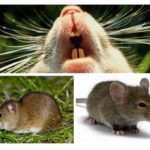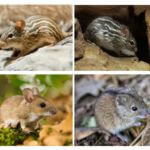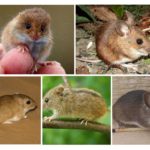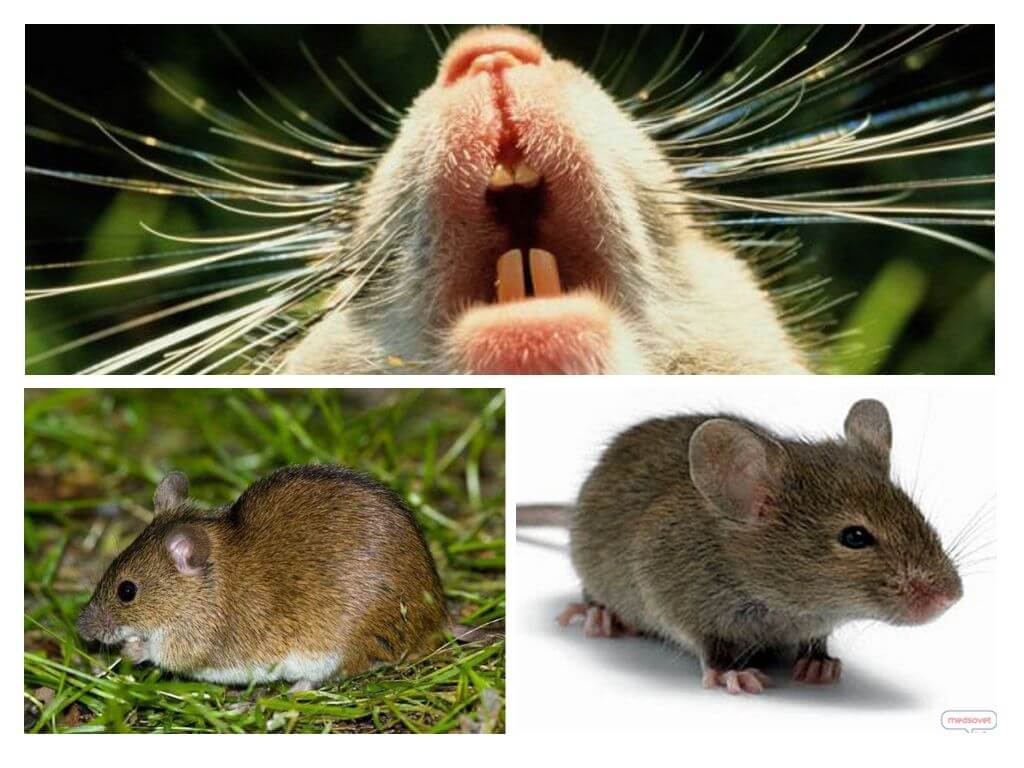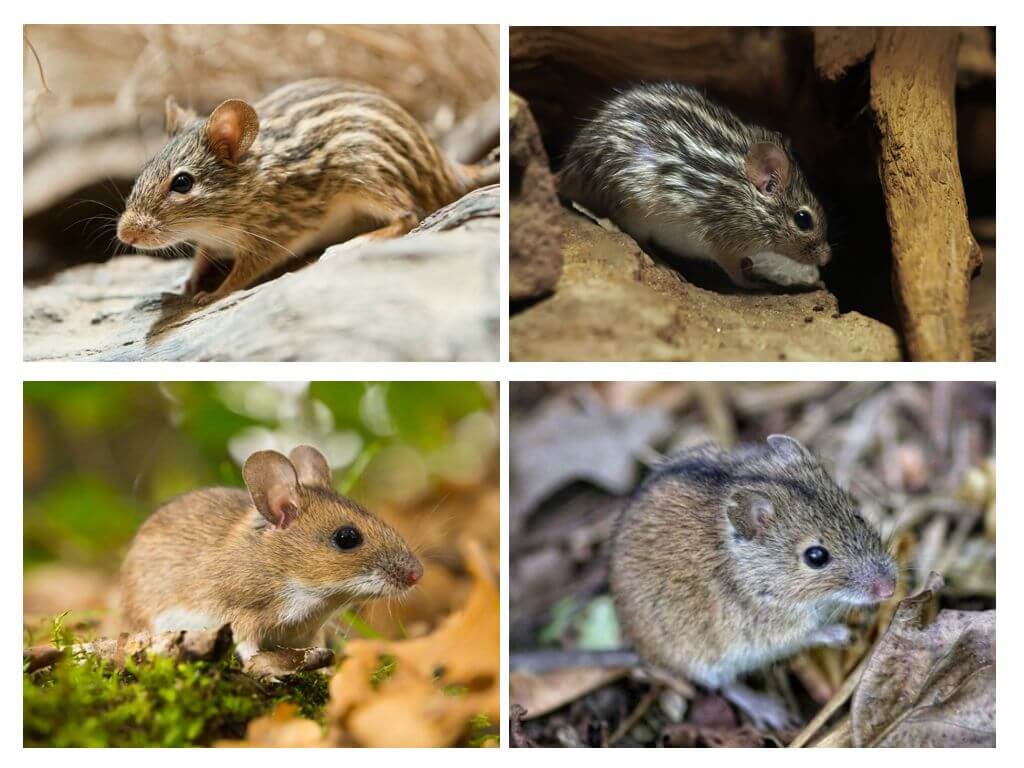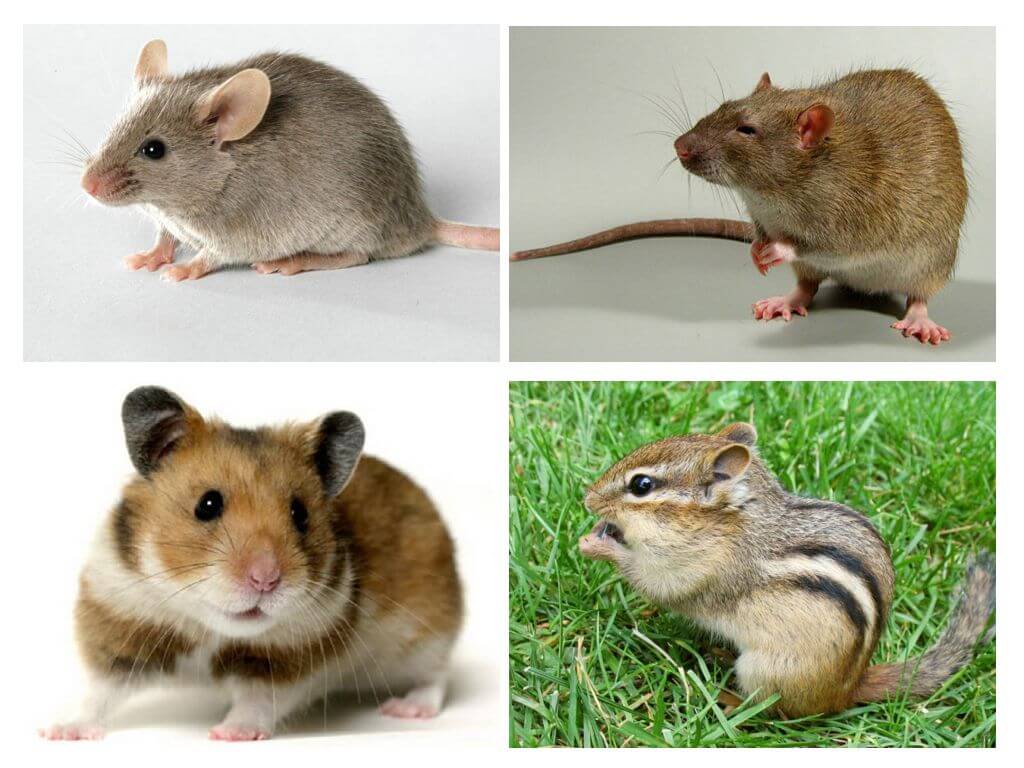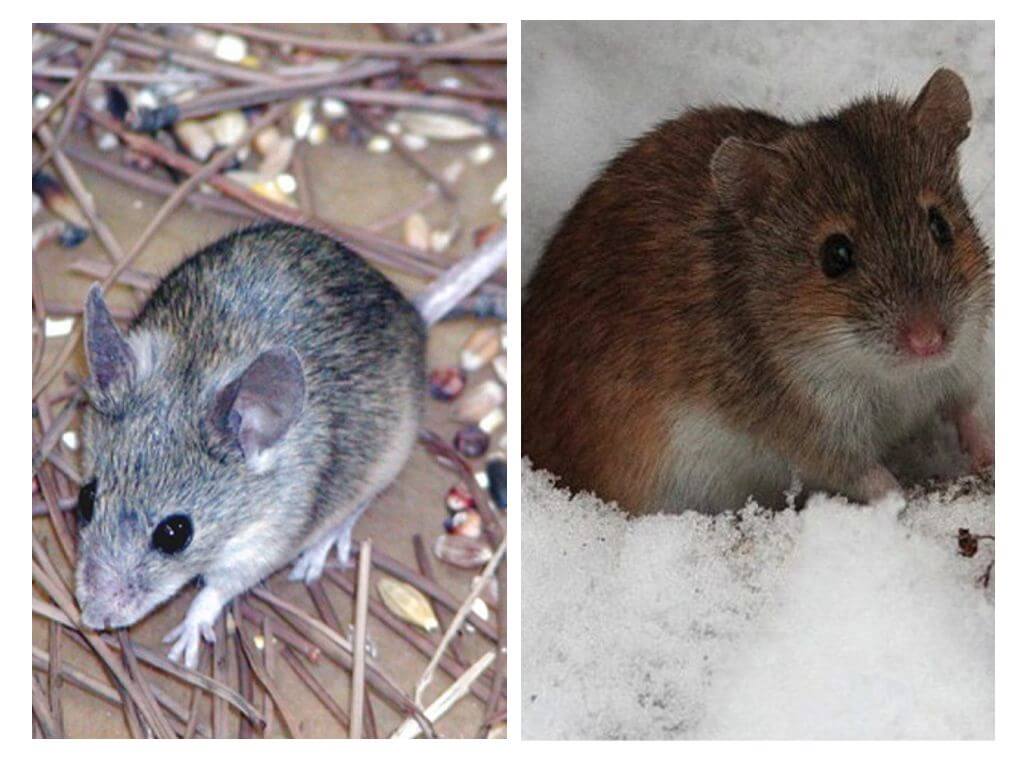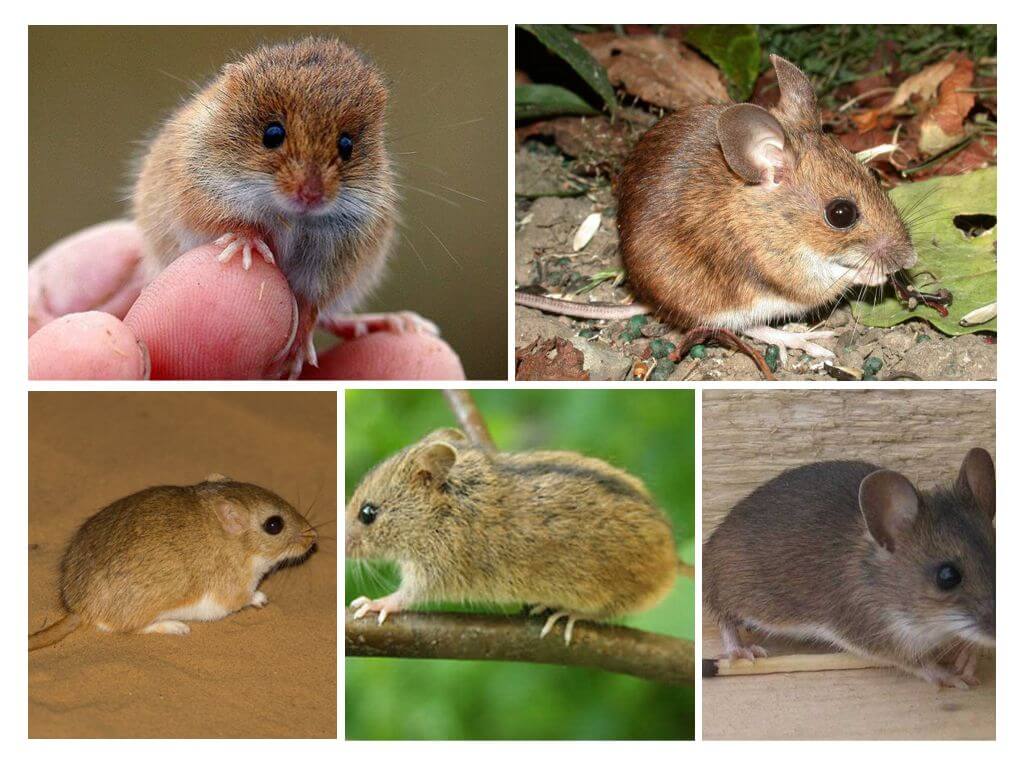Kinds and types of mice
Content
- Mouse teeth
- Rodent Species
- Difference of a mouse from other animals
- Mouse life
- Types of mice
The mouse family is the most numerous mammal order. In the world there are more than 300 species, 1,500 species. Among them are herbivores, omnivores. Some breeds of mice were bred artificially as a pet. Mice are widely distributed across continents.except Antarctica. No rodents high in the mountains. How many people live in Russia - about 13. Representatives of different types of mice differ in size, color.
Mouse shape
It is difficult to find a person who does not know who the mouse is. Some representatives of the species of mice live in the neighborhood, annoyed by their presence, cause damage to products, things, furniture, interior items. Small mice often become cartoon characters for children. And some animal lovers keep them in a cage as a pet.
Mouse Description:
- elongated body;
- long slender tail, in different species it is 70-120% of body length;
- small head with an elongated or dull face;
- barely noticeable or big round ears;
- little vigilant bead eyes;
- small pink nose;
- hind legs have an elongated foot, provide the animal with jumping ability, allow to rise up, leaning on the hind legs;
- the front limb is small.
Interesting!
A feature of any type of mice is the presence of long teeth in the center of the upper, lower jaw. They grow all their lives, increasing daily by 2 mm.So that the teeth do not grow to unreal sizes, the animal constantly grinds. A photo of a mouse with beautiful teeth is presented below.
Wool and color features
The body of the mouse is covered with hard wool. The length of the hairs in each species of mice is different, but always lies smoothly on the surface of the skin. Fluffy mice do not.
Color - very different. The wild mouse is found gray, red, brown, ocher, black. In the wild, but more often in the laboratory, it turns out a white mouse with red eyes, nose - albino. The color of decorative mice is impressive in its variety - blue, yellow, orange, smoky, etc. Abdomen, sides always lighter than back, even contains white hairs of wool.
On a note!
The main difference of the wild mouse from brownie is the presence of a strip of light, dark color on the back.
In some breeds, the entire back is painted with vertical stripes. Below is the mouse in the photo - you can remember or find out what the animal looks like.
Dimensions, parameters
Mouse - rodent is a small member of the family. Mouse structure different species are similar to each other.The maximum length of the body for representatives of our area is 13 cm without tail. The average size of the body - 9 cm.
Genetic abilities in relation to weight - 50 g. The maximum rate that a pet is able to reach, provided with good nutrition, appropriate living conditions. In the wild, the average weight of a mouse is 20 g. Below is a mouse in the photo relative to other animals.
Mouse squad
Mammal. Cubs viviparous. The female feeds mice for about a month with milk. Each has 8 nipples. Pregnancy lasts about 25 days. After birth, the ability to conceive is restored after 9 days. In litter from 1 to 12 cubs. The number of pregnancies per year is 3-5. There is a tendency to increase the population of rodents 1 time in 7 years.
Mice are born blind, toothless, naked. After a week, the teeth begin to grow, hair appears. After 20 days, incisors appear, the young go over to their own provision. The young female is ready for fertilization in 3 months of her life.
Nutrition Features of Mice
Looking at the damaged container, furniture, household items, room walls, it seems that the mouse is omnivorous. Gnaws all that will fall on the go, even if it does not represent the nutritional value.Such a brutal appetite is due to several aspects of her life:
- The mouse is forced to constantly grind the front teeth. Gnaws hard objects.
- The animal has an accelerated metabolism. Food is quickly digested, due to the high mobility instantly consumed energy. During the day, on average, a rodent should eat 5 grams of food, drink 20 ml of water.
- The mouse has this feature - everything new, unknown tastes.
Regarding food preferences, the mouse is a predator. But prefers plant food. Replenishment of proteins is carried out by eating worms, insects, eggs, chicks. Herbivore with great appetite eats helpless birds, carries eggs from nests. Then he settles the place for himself.
The herbivorous mouse gnaws the seeds, the green part of the plants. With a lack of fluid eats berries, fruits, vegetables. Prefers grains, cereals, seeds, flour.
On a note!
Having settled in a person's housing, the mouse eats everything. Sausage, cheese, meat, lard, chips, beer, cookies, candy. As well as soap, napkins, books, toilet paper, newspapers, plastic bags, bags, etc.
Features of life
The timid nature of the rodent is not at all associated with a cowardly disposition. A small animal is forced to behave cautiously, since it has plenty of enemies.
A mouse in the wild is trained in different skills - crawling, swimming, digging the earth, and some species even fly. Such existence allows rodents to overcome obstacles, to adapt to new conditions, to get food for themselves everywhere.
Housing a mouse settles in the ground, pulling out difficult labyrinths, on trees, in old hollows, birds' nests, under stones. Once in the house of a person, he settles in under the floor, in the attic, between the walls. Activates activity in the dark. He tries not to go a long distance from the nest, the hole.
Interesting!
Most species of mice live in packs. A whole hierarchy is built up with the leader of a male, several dominant females. Each individual is assigned a territory where it can get food for itself. Sakas together raise, raise offspring, but after their “majority” together they are expelled from the family for an independent life.
Mice hibernate in several places:
- in holes deep in the ground;
- haystacks on the field;
- in barns, warehouses, outbuildings, barns, man’s house.
Rodents who stay for the winter in the field, prepare food stocks. In the hole there are several cameras where the mouse carries everything that is valuable to it, it will save from starvation.
Natural enemies of mice are reptiles, wild animals, hedgehogs, large birds, dogs, cats. Since the reptile in our area is not as common as in warm countries, the predators of this genus are snakes, some species of snakes.
In nature, a live mouse exists for only 1 year. Such a short period is associated with a large number of enemies, natural disasters. Genetically laid lifespan of mice about 5 years. In artificial conditions can live about 3 years. In the laboratory, lived to 7.
Kinds and types of mice
Mice of different species differ in size, color and habitat. Knowing the characteristics of each species, you can easily distinguish between them.
Baby mouse
The smallest rodent in the world. An adult animal quietly fits in the palm of a child. Body length does not exceed 7 cm, the tail is almost the same. The rodent builds nests from twigs in the grass.The mouse climbs trees well, its tenacious legs with sharp claws, a twisted tail help it in it. Remains active even in winter, relatively cold tolerant.
The color of the body is close to red, it is also called the yellow mouse. The coat on the abdomen, muzzle, and tips of the ears is almost white. Baby mouse does harm to garden crops, trees, crops. Distributed in Yakutia, England, in the Caucasus. The creature is herbivore, but occasionally eats small bugs, worms.
Forest mouse
Mouse names are often associated with habitat. Wood mouse lives on the edge. The length of the body reaches 10 cm, weight 20 g. The tail is about 7 cm. It is characterized by a sharp muzzle, red, brown, even black color. The main difference is the size of the ears. The mouse with big ears became the prototype of the cartoon character Mickey Mouse. Round big ears are a feature of the forest mouse.
The mouse lives in holes, or high in the trees. Excellent climbing, running fast. It hibernates in a hole located at a depth of about 2 m. In winter, it comes out with the onset of a thaw. It is a creature harmless to humans, until it gets close to its gardens, gardens, fields.
Gerbil
In our region a rodent came from the United States. Was brought to the laboratory, quickly spread as a pet. For gerbil, the mouse smell is uncommon. In appearance - a sweet, attractive creature. It has several varieties. In our area is common dwarf, Mongolian mouse. There are about 100 subspecies of gerbil in the world.
The abdomen is almost white, the back is brown-red with black hairs. In the center along the back is a bright black stripe. Small round ears, pink nose, dull face, more than the other types of eyes. A mouse with a tassel on the tail has become one of the most beloved pets.
Steppe mouse
It looks like a gerbil. Lives in the fields in the wild. Damages agriculture. The length of the body is about 7 cm. The distinguishing feature is a long tail, which exceeds the size of the body by 1/3. A mouse with a long tail builds holes in the ground, makes significant reserves for the winter. He loves cereal fields, bushes near reservoirs, rivers. For a safe living, as well as for the forest of mice, it requires a dense grass cover, overgrown shrubs. In winter harvest mouse more active than other relatives. Often in the snow you can see the traces of this mouse. The same species may be called a vole.
House mouse
The most common rodent. Causes a squeamish attitude, a desire to slam, rather get rid of him. A gray mouse with the onset of cold weather is selected to human housing. Climbs even in apartments of high-rise buildings on the upper floors. It brings with its presence a lot of inconvenience, spoils food reserves, gnaws things, furniture, interior items. As well as electrical wiring, wires in the car, the walls of foam.
Body length about 6 cm. Small round ears, elongated muzzle, slightly less than the length of the body tail. Body color is gray with different shades. It is also called grayhill. One kind of brownie is a black mouse.
White mouse
It occurs in nature in any species of the genus. Due to the poor genetic data, the hairs become evenly white. The eyes are red. Albino mice are more common in lab walls. It also turned out to breed white mice with normal black eyes, but light wool. One of the most common breeds among all pets.
A huge variety of mouse representatives covers all points of the globe, the appearance of the genus goes into the distant past. A unique animal that man destroys in every way, and the mouse remains to live.

